Reduction of stored-particle background by a magnetic pulse method at the KATRIN experiment
Author
| Arenz M. | University of Bonn, Germany |
| Dragoun Otokar, Ing. DrSc. | Nuclear Physics Institute of the ASCR |
| Kovalík Alojz, Ing. DrSc. | Nuclear Physics Institute of the ASCR, JINR Dubna |
| Ryšavý Miloš, RNDr. CSc. | Nuclear Physics Institute of the ASCR |
| Sentkerestiová Jana , Ing. Ph.D. | Nuclear Physics Institute of the ASCR |
| Suchopár Martin, Ing. Ph.D. | Institute of Physics ASCR |
| Vénos Drahoslav, Mgr. CSc. | Nuclear Physics Institute of the ASCR |
| et al. | different institutions |
Year
2018
Scientific journal
European Physical Journal D, 78 (9), 778
Web
Abstract
The KATRIN experiment aims to determine the effective electron neutrino mass with a sensitivity of 0.2 eV/c(2) (% 90 CL) by precision measurement of the shape of the tritium beta-spectrum in the endpoint region. The energy analysis of the decay electrons is achieved by a MAC-E filter spectrometer. A common background source in this setup is the decay of short-lived isotopes, such as Rn-219 and Rn-220, in the spectrometer volume. Active and passive countermeasures have been implemented and tested at the KATRIN main spectrometer. One of these is the magnetic pulse method, which employs the existing air coil system to reduce the magnetic guiding field in the spectrometer on a short timescale in order to remove low-and high-energy stored electrons. Here we describe the working principle of this method and present results from commissioning measurements at the main spectrometer. Simulations with the particle-tracking software KASSIOPEIA were carried out to gain a detailed understanding of the electron storage conditions and removal processes.
Cite article as:
M. Arenz, O. Dragoun, A. Kovalík, M. Ryšavý , J. Sentkerestiová , M. Suchopár, D. Vénos, . et al., "Reduction of stored-particle background by a magnetic pulse method at the KATRIN experiment", European Physical Journal D, 78 (9), 778 (2018)


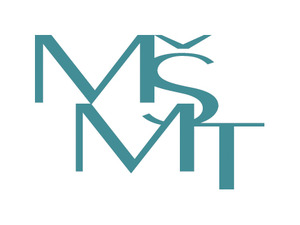 MINISTR ŠKOLSTVÍ KE SPOLUPRÁCI ČR S SÚJV
MINISTR ŠKOLSTVÍ KE SPOLUPRÁCI ČR S SÚJV INTEREST JINR, Wave 6
INTEREST JINR, Wave 6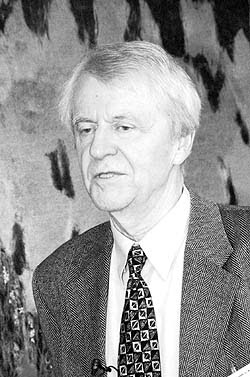 The passing of Ivo Zvára
The passing of Ivo Zvára Call for the projects solved in collaboration with JINR (Projects 3+3)
Call for the projects solved in collaboration with JINR (Projects 3+3)  Call for the Grants of the Plenipotentiary of the Government of the Czech Republic in JINR
Call for the Grants of the Plenipotentiary of the Government of the Czech Republic in JINR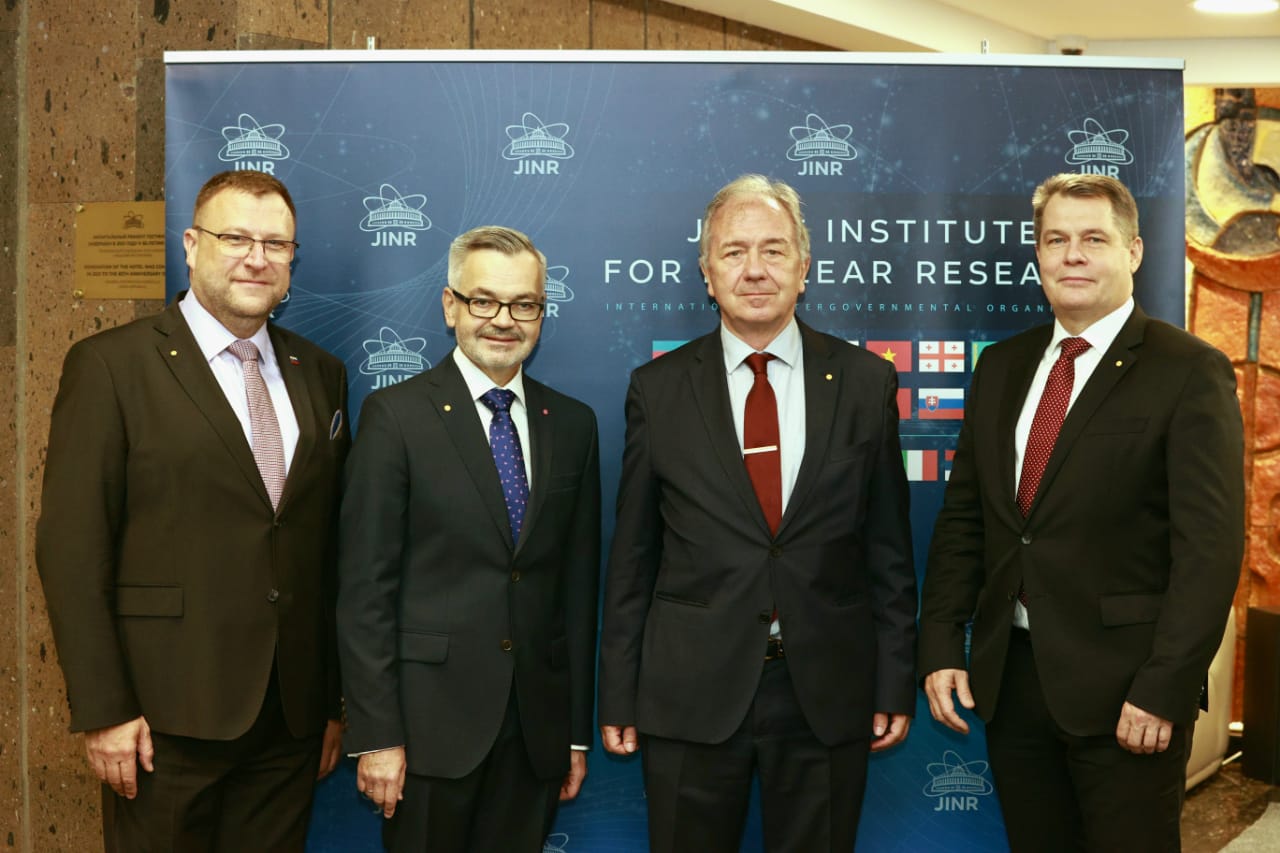 Czech Ambassador in Russia visited JINR
Czech Ambassador in Russia visited JINR INTEREST JINR, Wave 5
INTEREST JINR, Wave 5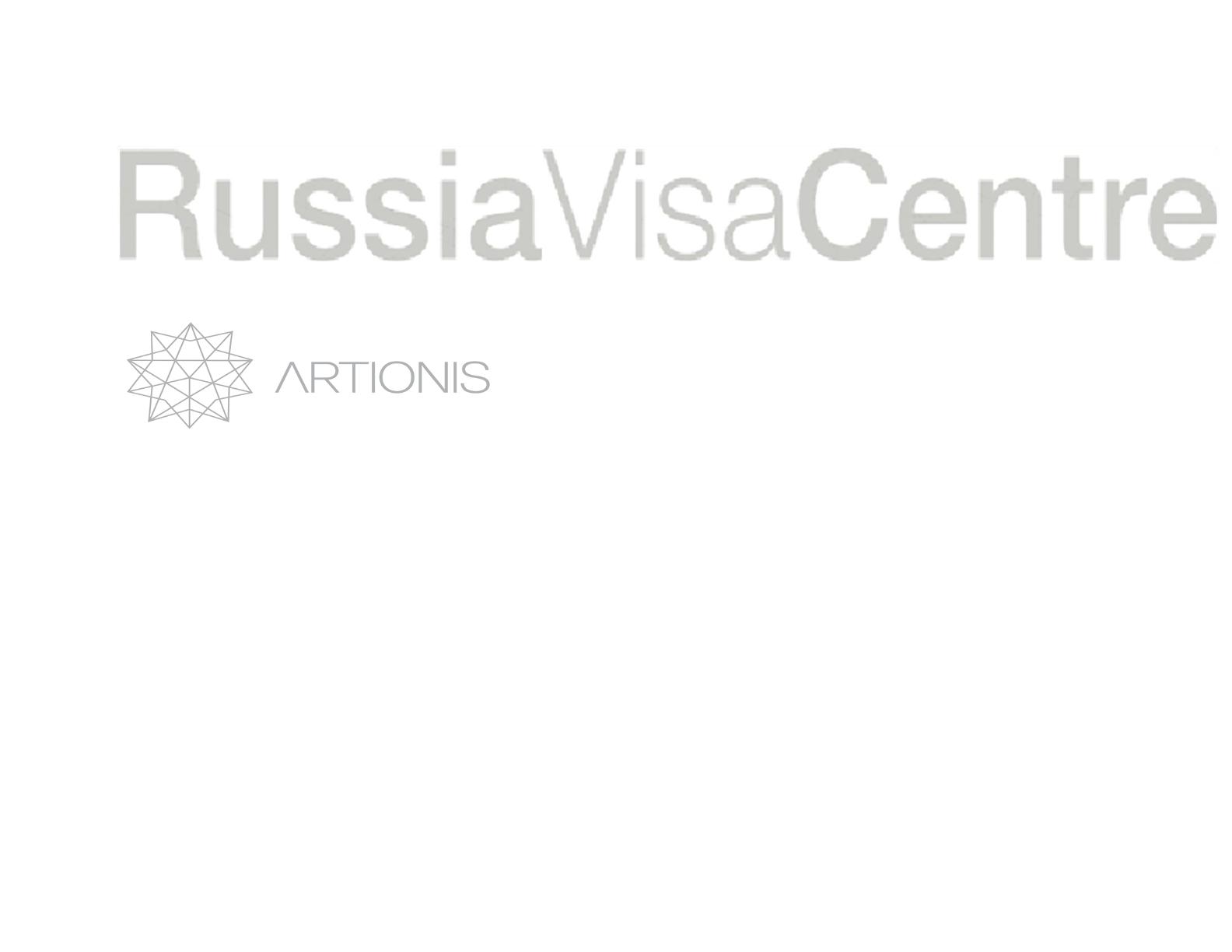 Russia Visa Centre
Russia Visa Centre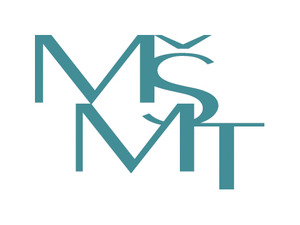 Working Stays CR - JINR 2022
Working Stays CR - JINR 2022